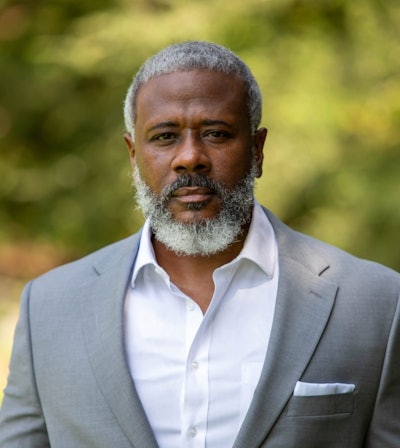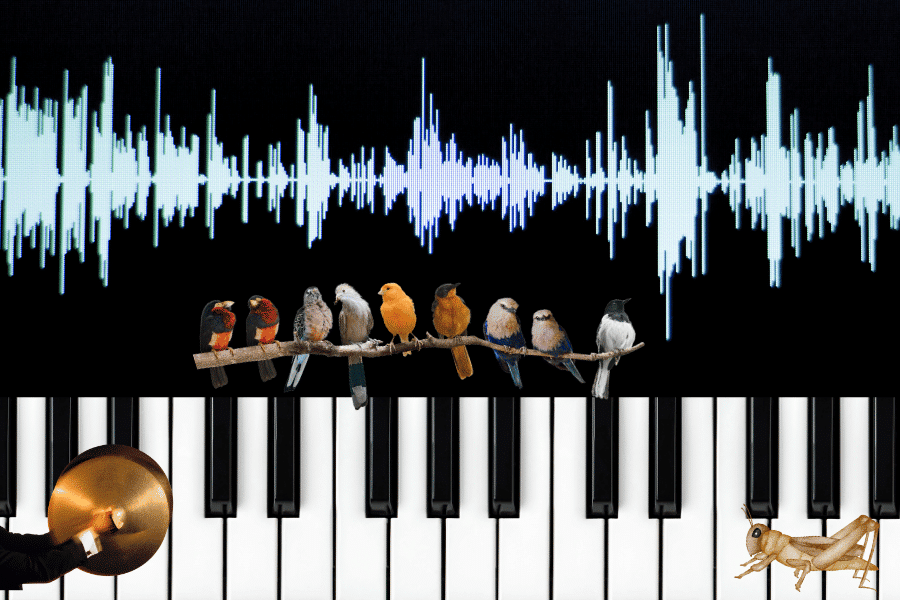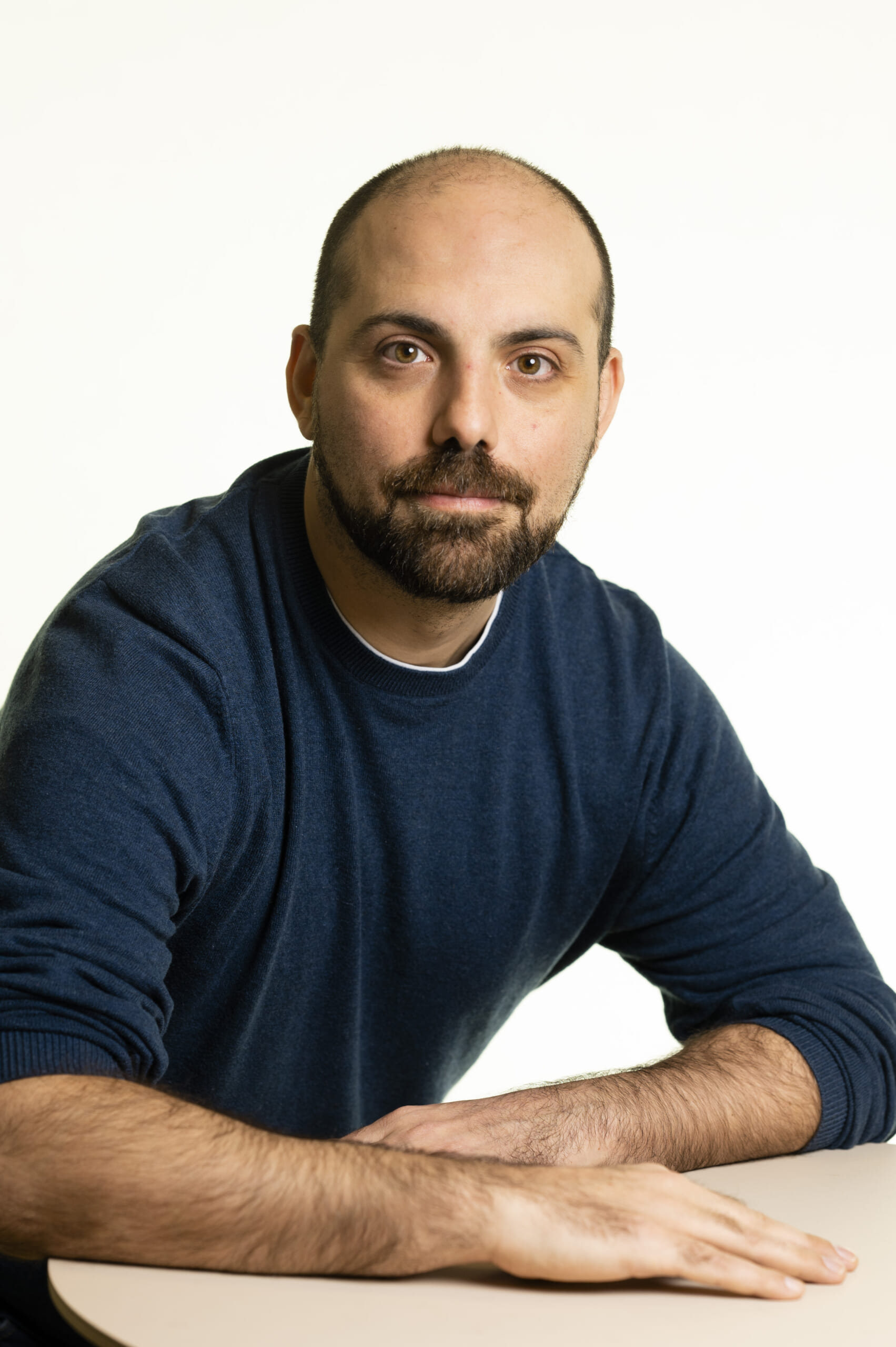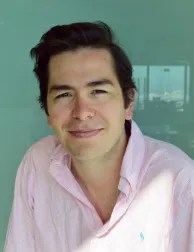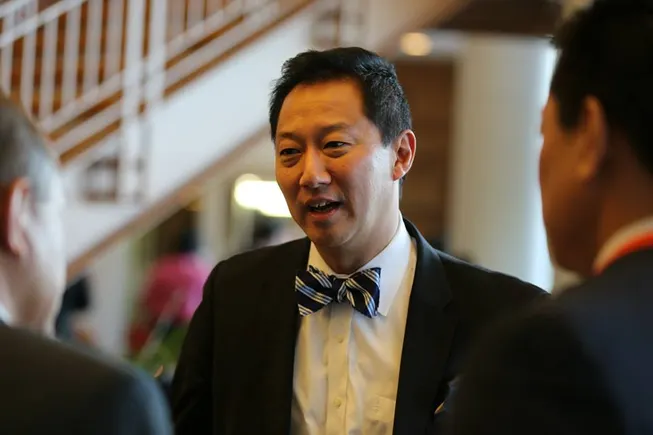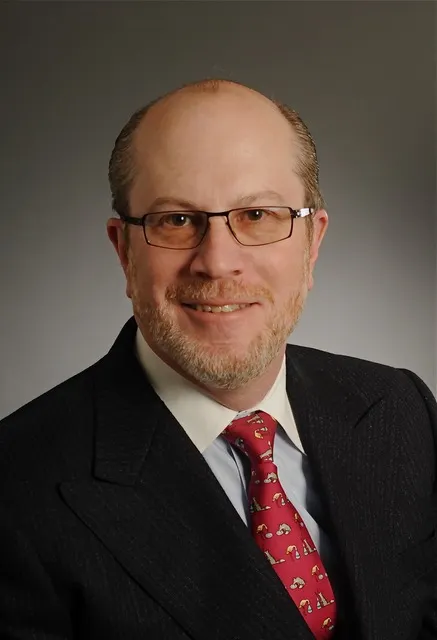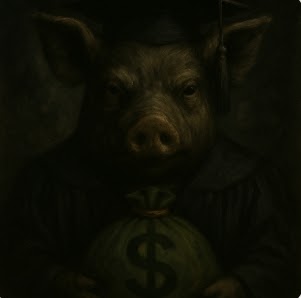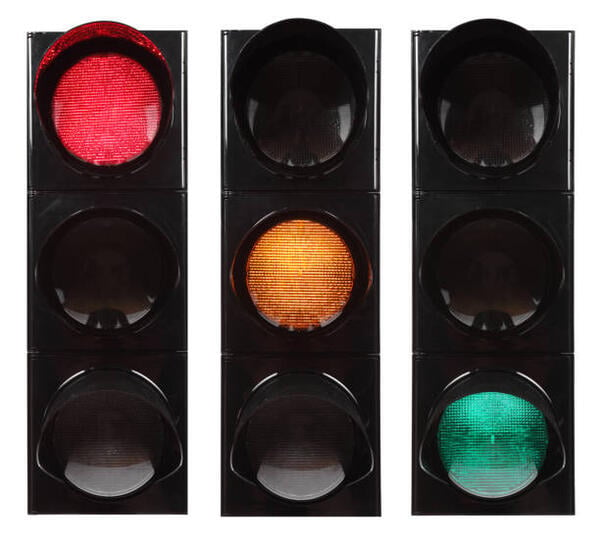Katie Ratke is a rising senior and Shloka Mehta is a rising sophomore, both working as FIRE summer interns.
Nearly 250 years ago, mere steps from the National Constitution Center in Philadelphia, a group of men locked in sweltering rooms debated the blueprint for a new nation, conceived in liberty. First among the freedoms they secured was the right to speak one’s mind, free from the chill of government meddling or the heat of mob intimidation.
Today, the floor echoes in the National Constitution Center. The walls are lined with powerful quotes. Along the gentle curve of the tall, marble ceilings hang the flags of all 50 states. And normally, these rooms are relatively still. But this July, the Center came alive when over 100 students from 70 universities across the country gathered there, not to write a constitution, but to figure out how to keep its promises alive.
From July 11-13, FIRE hosted its annual Student Network Summer Conference at the National Constitution Center — a weekend-long crash course in civil liberties for young Americans who still believe the First Amendment matters, especially on campuses today. And, thanks to the generosity of FIRE’s donors, they were able to attend at no cost — with their travel, lodging, and meals entirely covered.
“Hosting FIRE’s Summer Conference serves as a way to unite college students who care about preserving a climate of free expression on their campuses,” said Molly Nocheck, FIRE’s vice president of Student Development. “We hope students are able to take the lessons from this weekend and use them to foster a culture of civil discourse at their institutions.”
The conference kicked off Friday evening in the Grand Hall Overlook, perched above exhibits of the very Constitution students had come to defend. FIRE’s Chief Operating Officer Alisha Glennon opened the program with a brief history of FIRE’s work protecting Americans’ First Amendment rights.
Then came a crowd favorite: a live podcast recording of Advisory Opinions, hosted by New York Times columnist and former FIRE President David French, alongside Politico contributing editor Sarah Isgur, who is also former senior counsel to the deputy attorney general at the Department of Justice. The two unpacked a grab bag of pressing legal issues, including a new Florida decision regulating the use of pronouns in public schools and the long-running tug-of-war over campaign finance.
Isgur ended the podcast with a rousing call-to-action: “To all you students, go out there and fight the fight!”
Judging from the energy and spirit of debate on display throughout the weekend, the audience seemed ready to take up Isgur’s challenge.
Saturday morning kicked off with “Free Speech 101,” led by FIRE Legal Director Will Creeley in a no-frills tour of key Supreme Court precedents and core First Amendment concepts. Afterwards, FIRE’s undergraduate summer interns turned up the heat with a fast-paced quiz game asking students to identify whether landmark cases involved protected or unprotected speech.
Next, FIRE General Counsel Ronnie London joined Creeley in dissecting the recent Supreme Court decision in Free Speech Coalition v. Paxton. This talk focused on the reasons why age restrictions burden free speech and raise privacy concerns.
After lunch, participants engaged in small group sessions where they discussed everything from global censorship to the underlying philosophy behind free speech. One student said the philosophy session was their favorite event of the weekend. “One of the exercises we did was about making the strongest cases against free speech,” they noted, “which was very useful.”
Later that evening, David French returned for an open Q&A session that pulled no punches. Students asked about political polarization in the digital age and how to foster bipartisan dialogue on college campuses. These questions sparked probing discussions that continued well into dinner.
The final day blended reflection with application. On Sunday morning, students put their First Amendment knowledge to the test with a Kahoot! quiz featuring scenarios based on Supreme Court cases, hosted by FIRE’s summer interns. Participants were then given the opportunity to play a massive game of “This or That,” a political debate in which peers defended opposing views in real time.
Then came one of the weekend’s most forward-looking sessions. Ari Cohn, FIRE’s lead counsel for tech policy, gave a talk on the growing role of artificial intelligence in shaping public discourse and its relationship to freedom of speech.
Before wrapping up, students heard from FIRE’s Chief People Officer Cait Scanlan, who mapped out career pathways within the civil liberties world.
Then the FIRE summer interns closed out the weekend with a session introducing FIRE’s “Let’s Talk!” curriculum, which teaches respectful civil discourse. Participants demonstrated key free speech principles through considering the arguments for their opponents side and ensuring everyone had an opportunity for their voice to be heard.
“A version of ‘Let’s Talk’ will definitely make an appearance on my campus,” one student said. But it’s not just this curriculum. This year’s cohort returns with more than just a handful of business cards. They walk away with a newfound mission to return to campus and begin work reviving the culture of civil discourse in this nation. Philadelphia may have been where free speech first became law, but for these students, it’s where their fight for it began.
Want to join us next time? Stay tuned here for details about next year’s Student Network Summer Conference.


